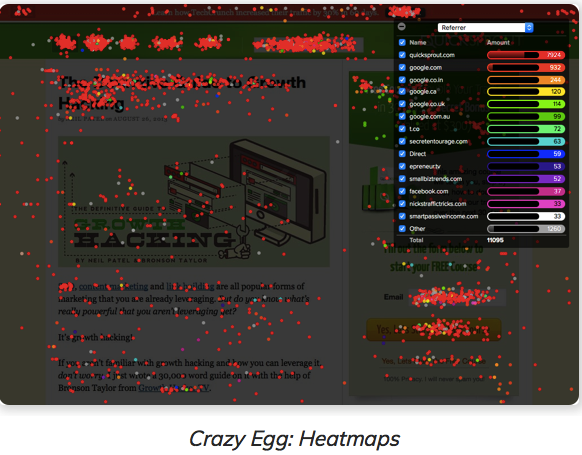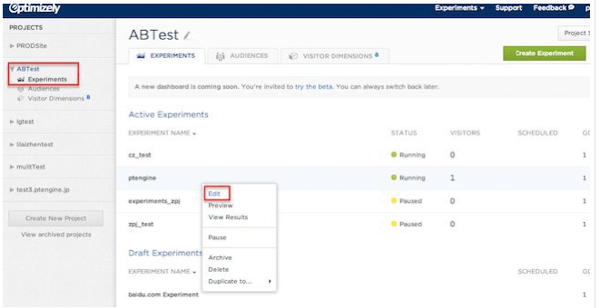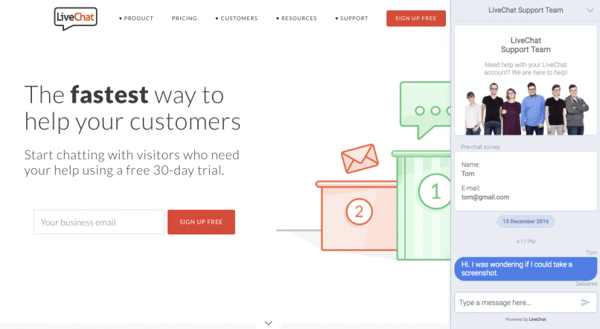Does your website offer visitors the best experience possible? How can you really know if your pages are effectively generating sales leads or customers?
You’ll find many useful tools to help you measure user behavior across your site. By identifying which pages work or not, you’ll keep yourself up to date on how people are using your site and what needs improvement.
Using web analytics is a great technique to help you understand and test user behavior in order to grow your business. In this article, you’ll learn some ways you can measure your site’s effectiveness and how to observe real users with various tools that deliver true value.
Let’s get started.
[DOWNLOAD]

What to Test
Measuring page views and number of clicks isn’t good enough. These methods don’t actually determine the success of a page. To get the best results, try following these metrics to get a feel of your page’s success:
Engagement Time
You’ll want to know whether an audience is actively engaging with your content in the way you want them to. How are users reading, scrolling, clicking or even abandoning your content?
Your Website Forms
Get a good picture of the time users spend filling out a form. These are the same forms you place on a landing page to allow someone to get in contact with you, sign up to an offer, download an ebook, etc. By measuring how people engage with your forms, you’ll get a feel of whether they’re easy to fill in or take too much time.
Bounce Rate
If a user bounces from your site, it means they’ve left without doing anything before leaving. A high bounce rate could indicate that the page they’ve landed on is not relevant to them. Make sure the content on your page, including your call-to-action (CTA) button, are clear and honest.
Tools to Test How Your Visitors Experience Your Website
1. Heatmaps
Heatmaps reveal parts of a page that’s getting clicked, whether they’re clickable or not. This will help you know what you should optimize. Take CrazyEgg or HotJar, for example. With bright colors indicating the parts of a page that’s getting more attention, you can choose to make adjustments like moving your CTA to the top of the page or allow a picture to be magnified when people click on it.

2. A/B Testing
If you want to test new content before it becomes your final design, use tools like Optimizely, Google Analytics or Freshmarketer to measure success. It could be anything from testing headlines to images.

Photo Credit: Conversion Sciences
3. Live Chat
Live chat software is a great customer-centric tool. You can implement it on your site to help visitors who prefer to chat than call you. It also gives you insight into which products people are asking questions about or what pages are giving them problems, informing you of what parts of your pages might need optimizing. LiveChat, FreshDesk, LiveAgent and Comm100 are all live chat solutions to capture user feedback and increase conversions.

Conclusion
Hopefully, we’ve pointed you in the right direction in terms of how to measure user behavior to help you create the best user experience possible. Which tools are you using that help you understand your visitors better? Let us know in the comments!
